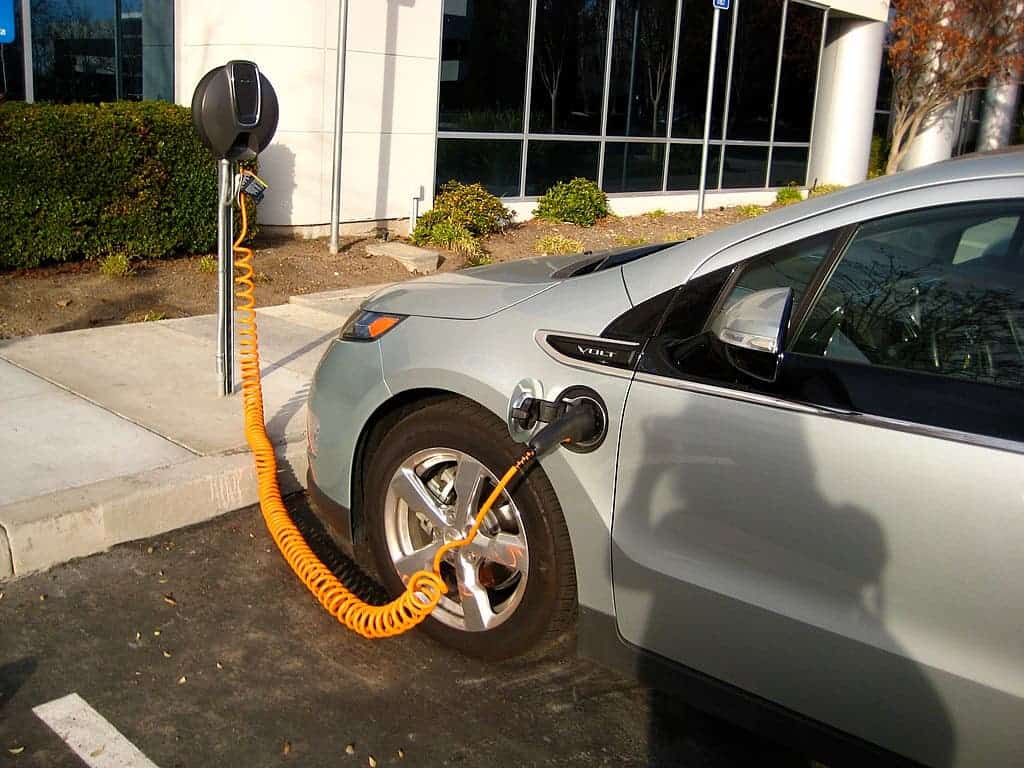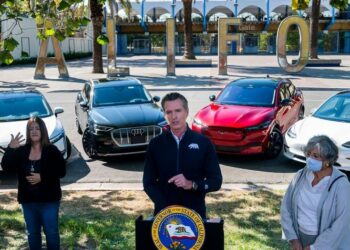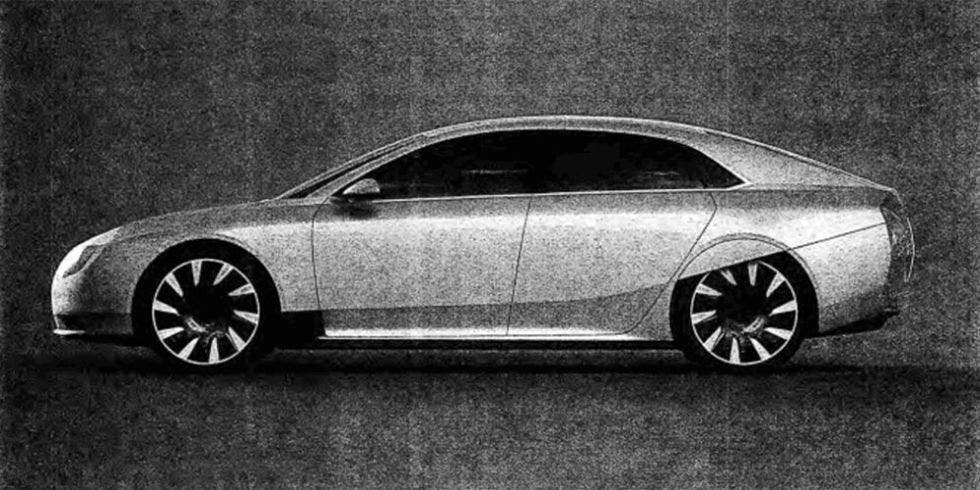California voted on a historic plan to curb harmful pollution and reduce climate emissions by moving the country’s largest vehicle market away from the internal combustion engine. The state will gradually phase out sales of new-gasoline cars, trucks and SUVs, ending up with a total ban on new sales of the vehicles by 2035.

While the plan won’t prevent people from using their existing gas-powered vehicles or buying used ones, California officials argue it will drastically cut emissions and clean the state’s air by accelerating the transition to EVs. Governor Gavin Newson described it as an ambitious and innovative plan that will help future generations.
In 2021, just 12% of all new cars sold in California were zero-emissions, according to California Air Resources Board (Carb), the regulatory board that voted on the plan. The figure reached 16% in the first three months of the year and seems to continue to grow. Now, the new rule will require the state to reach 35% of sales in four years, 68% by 2030 and 100% by 2035.
“This is monumental. This is the most important thing that CARB has done in the last 30 years. It’s important not just for California, but it’s important for the country and the world,” Carb member Daniel Sperling told CNN. The measure will set a high bar for other states that will look at California when setting their own standards, he added.
The way forward
Sperling said the ban on gasoline-powered vehicles faced “surprisingly little debate” and resistance from carmakers, which have high hopes for electric vehicles. General Motors plans to sell only EVs by 2035 and Hyundai will build its first dedicated EVs facility in the US and Ford, for example, with new models frequently being released.
However, the Alliance for Automotive Innovation, which represents big carmakers, said it will be challenging to meet the state’s ambitious timeline due to supply chain issues, limited access to materials for batteries, and a lack of charging infrastructure. The group’s president John Bozzella said these are “complex and intertwined” issues.
Over half of California’s emissions come from the transportation sector, Newson said in a press conference. The governor described the plan as a key step to tackling the climate crisis, which has fueled natural disasters across the state. Cars shouldn’t melt glaciers, raise sea levels or make wildfires worse, or create days with smoky air, he said.
A report published this year by the American Lung Association found that the US could save 110,000 lives, and $1.2 trillion in public health costs and reduce emissions by 92% by 2050 by swapping gas-powered vehicles for zero-emission cars. However, only 3% of new vehicles purchased in the US in 2021 were electric, making the change tricky.
Environmental organizations praised California’s new rules and urged the state to ensure EVs are accessible. Kathy Harris, a clean vehicles advocate with the Natural Resources Defense Council, said California was “leading the way” in establishing standards for vehicles but asked to consider “traditionally marginalized communities.”
US President Joe Biden set the goal of making half of the country’s new sales zero emissions by 2030. The recently approved Inflation Reduction Act provides tax credits for people looking to buy vehicles, but there are caveats that may make many EVs not eligible for the benefit. California also offers discounts to reduce the costs of EVS.






